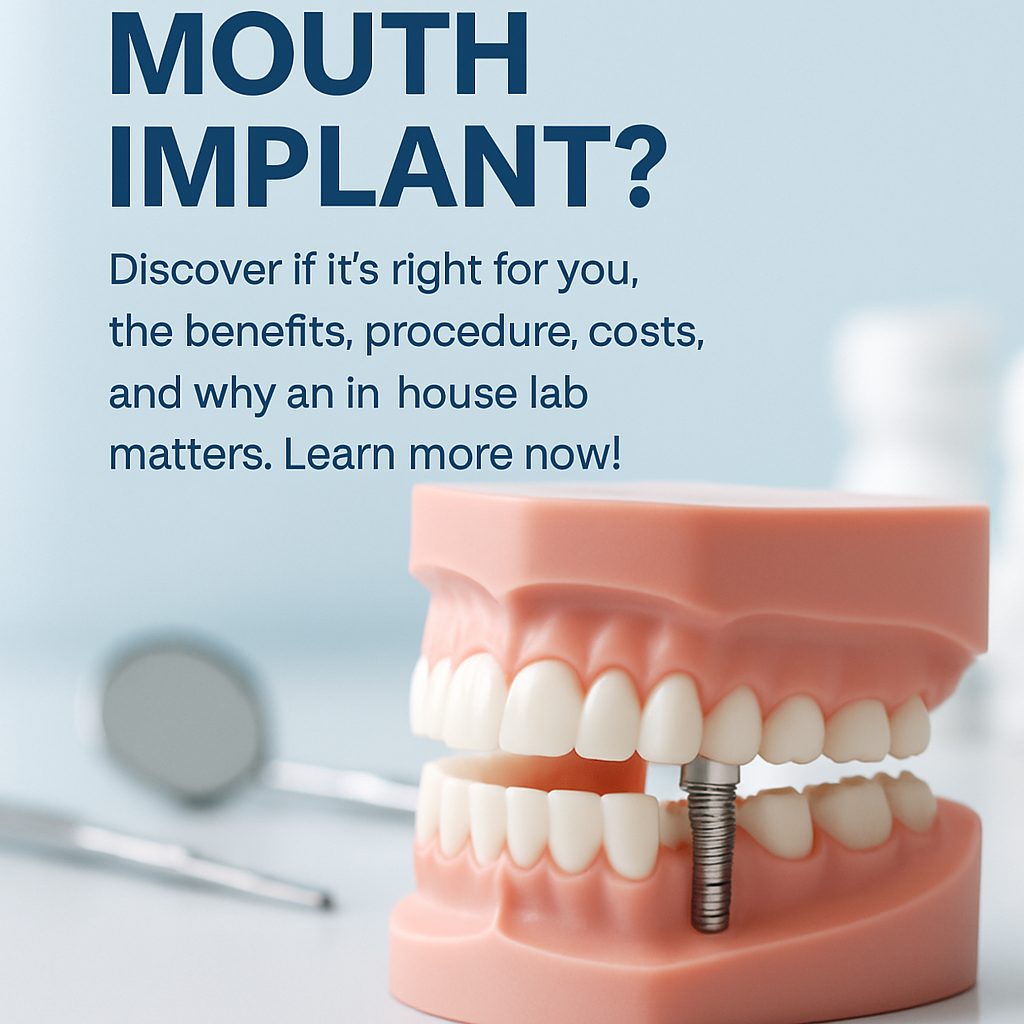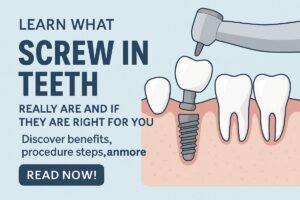Thinking about a mouth implant? This guide explains what a mouth implant is, who it helps, the benefits and risks, the typical timeline and cost factors, and how same-day, in‑office lab work can make the process faster and more predictable. It’s written for anyone weighing implants versus dentures or bridges and for people who want clear next steps for a consult.
What Is a Mouth Implant?
A mouth implant, often called a dental implant, is a titanium post placed in the jaw that replaces a tooth root. Three basic parts make up an implant restoration:
- Implant: the metal post anchored in bone.
- Abutment: the connector between implant and crown.
- Prosthesis: the visible tooth or bridge (crown, partial, or full‑arch).
Mouth implants restore function and appearance better than traditional dentures. Unlike removable dentures, implants stabilize chewing, protect bone, and feel more like natural teeth. They can replace a single tooth, several teeth, or a whole arch.
Is a Mouth Implant Right For You?
Not everyone is an instant candidate. Consider these common factors when deciding if a mouth implant fits your needs:
- Overall health: good general health supports healing.
- Bone level: enough jawbone is needed, or grafting may be required.
- Gum health: healthy gums reduce infection risk.
- Smoking: tobacco can reduce success rates.
- Expectations: implants require time and maintenance; realistic goals matter.
If you have bone loss or infected teeth, extra procedures like bone grafts or extractions may be needed before implants are placed. A digital exam will show what’s required.
Top Benefits Of Getting a Mouth Implant
- Chewing function: implants restore bite strength so you can eat more foods comfortably.
- Speech: stable teeth help with clear speech compared with loose dentures.
- Bone preservation: implants stimulate the jaw and prevent the bone loss that follows missing teeth.
- Longevity: well‑maintained implants can last decades.
- Esthetics: implant prostheses look and feel natural.
Compared with bridges, implants don’t require altering adjacent teeth. Compared with dentures, they offer better function and comfort.
Mouth Implant Procedure & Typical Timeline
Consultation & Digital Planning
Care starts with a consult and digital planning. Your provider will use intraoral scans and CBCT (3‑D X‑ray) to map bone, nerves, and ideal implant positions. Digital planning helps predict outcomes and reduces surgical surprises. It also guides the design of provisional and final prostheses.
Surgery & Same‑Day Provisionalization
Surgery places the implant(s) into the jaw. When conditions allow, patients can receive same‑day provisional teeth — temporary restorations milled or 3D‑printed right in the office. Same‑day provisionals improve comfort, esthetics, and confidence while the implants heal.
Healing & Final Restoration
After surgery, bone grows around the implant in a process called osseointegration. This usually takes several months. Follow‑up visits monitor healing and oral hygiene. Once integrated, the provisional is replaced with a final prosthesis made from zirconia or acrylic for strength and natural appearance.
Risks, Complications & How They’re Managed
Implants are predictable but not risk‑free. Common issues include infection, implant failure, and nerve irritation. Providers manage risks, complications by using precise surgical planning, sterile technique, and careful follow‑up. Problems like failing implants can be treated with procedures such as LAPIP™ (a laser protocol for rescuing ailing implants) and targeted care plans.
Recovery, Aftercare & Long‑Term Maintenance
Typical recovery after implant surgery includes a few days of swelling and mild discomfort. Follow these basics:
- Take prescribed meds and use cold packs for swelling.
- Eat soft foods initially; avoid hard or sticky items until cleared.
- Maintain excellent oral hygiene and follow cleaning instructions for implant prostheses.
- Keep regular checkups so small problems are caught early.
Aftercare and long‑term maintenance often includes professional cleanings and periodontal checks to protect your investment.
Cost Considerations & Financing Options For Mouth Implants
Cost considerations vary based on the number of implants, need for grafting or extractions, and the material chosen for the prosthesis. Ask your provider for a written estimate that separates surgical, prosthetic, and lab fees. Many practices offer payment plans, third‑party financing options, or in‑house options to spread costs. Confirm what’s included — consults, imaging, sedations, and warranties — before committing.
Why an In‑House Lab Matters For Mouth Implant Outcomes
An on‑site lab with milling and 3D printing changes the implant experience. Benefits include:
- Faster turnarounds — same‑day provisionals and fewer appointments.
- Tighter fit — fewer remakes because technicians work directly with the clinical team.
- Tighter quality control over esthetics and function using CAD/CAM workflows.
When design and fabrication happen under one roof, coordination improves and patient outcomes are more predictable.
About Touchstone Dental Implant Center
Touchstone Dental Implant Center is an end‑to‑end implant practice led by Dr. Justin F. Becerra. The center uses digital planning, CAD/CAM, and an on‑site lab with milling and 3D printing to deliver same‑day provisionals, zirconia or acrylic final prostheses, and tighter quality control. Touchstone offers LAPIP™ for failing implants, broad sedation options up to general anesthesia, and a 10‑year maintenance protocol/warranty for long‑term case ownership.
How To Decide & Next Steps
Prepare for a consult with this quick checklist:
- Bring a list of current medications and health history.
- Ask about digital planning, CBCT imaging, and if the office has an in‑house lab for same‑day provisionals.
- Request a written cost estimate and ask about warranties or maintenance plans.
- Discuss sedation options and postoperative care expectations.
If you’re ready to learn if a mouth implant is right for you, schedule a consultation or a digital exam to review your anatomy, timeline, and a personalized plan.






